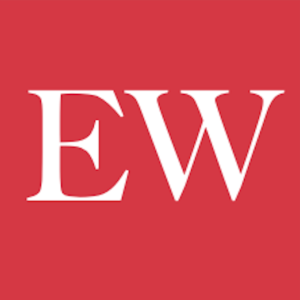A recession is commonly defined as a significant decline in economic activity across the economy, lasting more than a few months. It is typically visible in real GDP, income, employment, industrial production, and wholesale-retail sales. Economists and investors monitor several key indicators that may signal an impending recession. Below are the most critical economic factors that often act as warning signs:
1. Negative GDP Growth
Gross Domestic Product (GDP) measures the total value of goods and services produced within a country. Two consecutive quarters of contracting GDP is a traditional marker of a recession. Declines in GDP indicate weakening consumer demand, reduced business investment, and slowing industrial output.
2. Rising Unemployment
As businesses anticipate lower demand, they often scale back operations and lay off workers. A sharp increase in the unemployment rate or a sustained period of job losses across multiple sectors is a strong recession signal. Watch for rising jobless claims and decreasing job creation.
3. Declining Consumer Spending
Consumer spending accounts for a large share of GDP in most developed economies. When households cut back on discretionary spending, it reflects declining confidence, lower disposable income, or concerns about job security—often a prelude to broader economic contraction.
4. Inverted Yield Curve
An inverted yield curve occurs when short-term interest rates exceed long-term rates. Historically, this is one of the most reliable predictors of a recession. It signals investor belief that economic growth will slow and interest rates will fall in the future.
5. Weak Industrial Production
A sustained drop in manufacturing and industrial output suggests a slowdown in demand across sectors. Decreasing factory orders, declining capacity utilization, and slowing inventory accumulation are signs of contracting economic activity.
6. Falling Consumer Confidence
When consumers feel uncertain about the economy, they are less likely to spend. Consumer confidence indices measure sentiment about the future and are closely watched as early indicators of recessionary behavior.
7. Tightening Credit Conditions
During pre-recession periods, banks and lenders often tighten lending standards, making it harder for consumers and businesses to access credit. Lower borrowing can stifle consumption, investment, and expansion—key drivers of economic growth.
8. Stock Market Decline
While not always predictive, a prolonged stock market downturn—especially when driven by fundamental weakness and not short-term volatility—can signal deteriorating economic expectations. Equity markets often react in advance of economic data.
9. Business Investment Slowdown
When companies reduce spending on capital goods, technology, or hiring, it typically reflects concern over future revenues. A decline in capital expenditures is often observed in the early stages of an economic slowdown.
10. Global Economic Weakness
Recessions can also be triggered or intensified by external shocks—such as global supply chain disruptions, geopolitical conflicts, or downturns in major trading partners. A synchronized global slowdown puts additional pressure on domestic economies.
Conclusion
No single factor alone guarantees a recession, but a combination of these indicators often precedes a broader economic downturn. Policymakers, central banks, and investors watch these trends closely to assess risks and adjust strategies. Understanding them allows businesses and individuals to make more informed financial and operational decisions during uncertain times.















